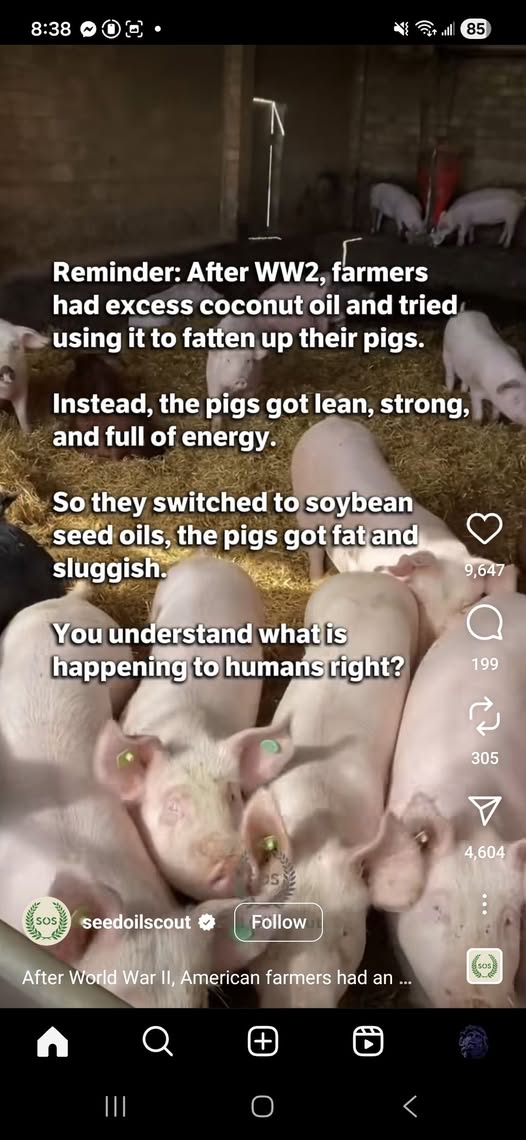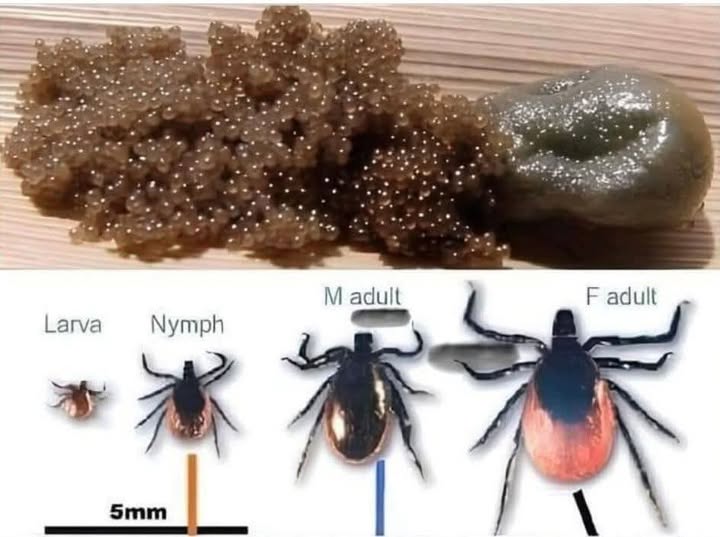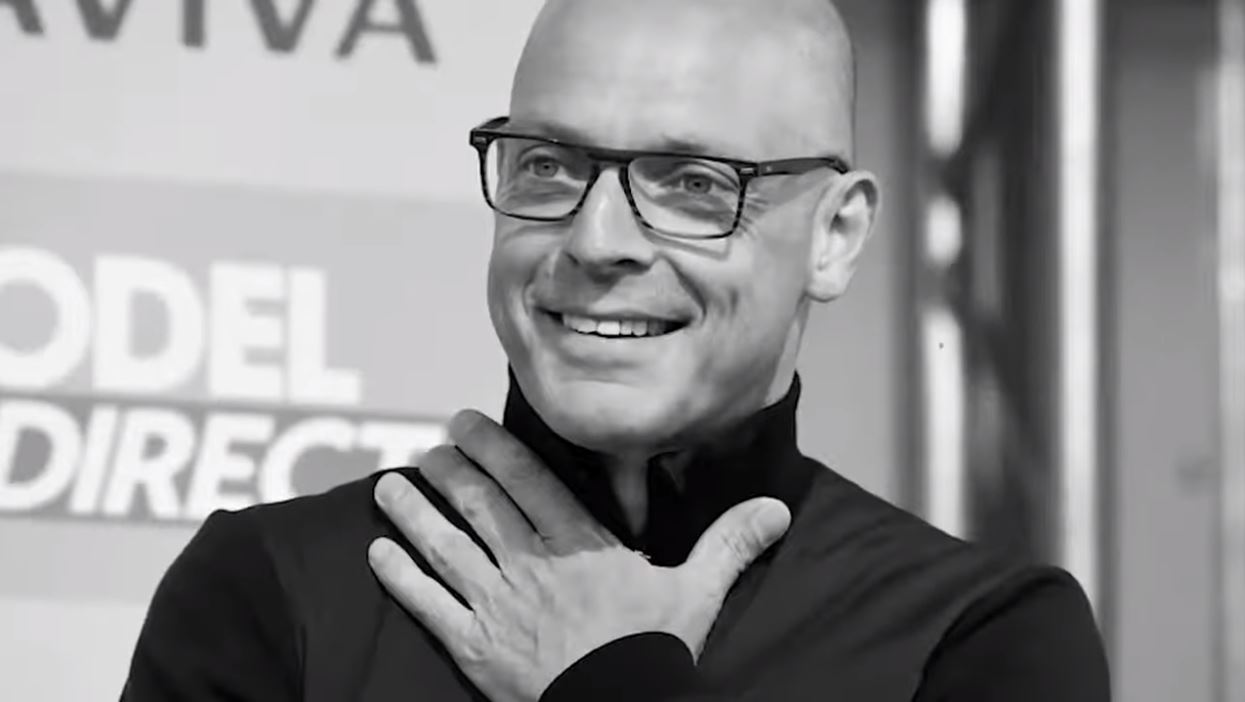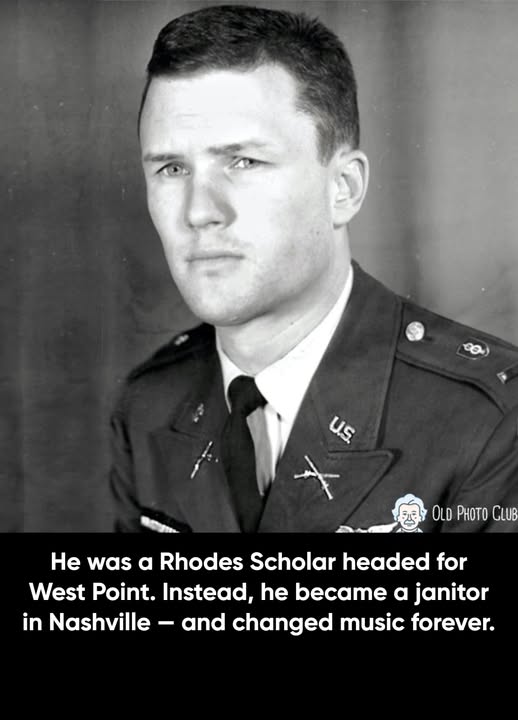The Globalist Playbook, Unmasked: von der Leyen’s Chilling Vision for Europe

Camus writes on x:
In a revealing exchange, unelected EU Commission President Ursula von der Leyen demonstrated precisely why she is a stalwart of the globalist elite. Confronted with President Trump’s accurate assessment of their failing climate and immigration policies, her response was a masterclass in bureaucratic arrogance.
What is she really saying? Strip away the polished, WEF-trained rhetoric, and this is the agenda:
–On Sovereignty: She claims “we decide who comes to Europe,” but this “we” is not the people of Europe. It is the unaccountable bureaucracy in Brussels, systematically dismantling national borders and identity. She speaks of “limiting migration” while presiding over a system that has incentivized illegal mass migration, eroding the security and cultural fabric of member nations.
– On Energy & The “Climate Con”: When challenged on the disastrous economic cost of the green agenda, she doubles down. Her commitment to renewables is not about the environment; it is about control. By making Europe dependent on unreliable, expensive “homegrown” energy like wind and solar, she centralizes power in Brussels. She admits the goal is “independence,” but it is an independence from affordable, reliable energy and from global partners like the US, making Europe weaker and its citizens poorer. This is the “gigantic con job” in action—sacrificing prosperity on the altar of a globalist climate cult.
– On Defying the Will of the People: Most tellingly, she boasts that the EU will “stay the course” no matter what. This is the ultimate admission. The concerns of citizens, the warnings of allied leaders, and economic reality are irrelevant. The unelected leadership has a “clear” plan, agreed upon by themselves, and the public’s voice is an inconvenience to be ignored.
Von der Leyen doesn’t represent European voters; she represents the Davos consensus. Her vision is one of a fortress Europe, ruled by technocrats, divorced from democratic accountability, and marching in lockstep towards a deindustrialized, controlled future. This is the globalist blueprint, and she is its chief engineer.
Which is more dangerous – measles or the measles vaccine?
Governments and the obedient lapdogs in the mainstream press are currently going through one of their regular campaigns to persuade parents to have their children vaccinated against measles.
There are two sets of figures which the mainstream media never mention. So here are some hidden truths about measles and the measles vaccine. You probably won’t find these figures on the BBC which disapproves of anyone questioning vaccine safety or efficacy. (Remember, the BBC has stated that they would not interview anyone questioning the value of vaccination whether they were ‘right or wrong’. In my view, you won’t ever get the truth out of the BBC, which seems to me to be simply the propaganda unit for corrupt politicians and the drug companies. I believe the BBC should have been closed down years ago and the staff arrested for fraud and for spreading misinformation. It is my opinion that the world would be a healthier place if censors such as the BBC and YouTube didn’t exist.)
First, the number of deaths caused by measles.
This figure is clearly crucial to the argument.
The notifications of measles infections are surprisingly low. In 2023, for example, the number of notifications of measles was 1,619.
And the number of deaths is usually very low indeed.
In 2023, for example, three people died of measles. (Or, rather, since I heartily distrust official figures they died of or with it.) Two of those who died were adults (who may well have been very old) and one was a child who died from a rare type of infection caused by what is called a `defective’measles virus.
Second, we need to know the number of people injured or killed by the measles vaccine. Side effects can be nasty and include seizures (which may affect 1 in 1,000 of those vaccinated), swelling of the brain and fever.
The UK authorities are shy about sharing information about vaccine related deaths (how curious) but, as usual, the Americans are far more forthcoming.
In the decade 2015 to 2025, a total of 620 individual were hospitalised after being given the measles vaccine and in that decade there were 41 deaths caused by the vaccine. Also 244 children were left disabled. (Remember that these figures represent only a tiny percentage of the real total since doctors are reluctant to blame vaccines for anything. Remember too that I believe there may be long term effects of vaccination.)
In the years since 1989, there have been 258 deaths resulting from the measles vaccine.
Since measles is hardly a major killer, I do think that those figures should make everyone sit up and take notice.
Which is more dangerous – measles or the measles vaccine?
And, I repeat, you should remember that only a very tiny percentage of the total number of injuries and deaths caused by any vaccine are actually reported to the authorities. In most cases some other explanation is found. Doctors don’t like reporting vaccine deaths because they might get sued.
Oh, and remember that children who have been vaccinated against measles may still get it.
And there is something else too – there can sometimes be exceptional risks with any vaccine. So, for example, in Syria in 2014 there were 15 child deaths because of an error or accident with the vaccine. Those should still count as measles vaccine deaths – because they were.
As always I am not saying that you should or should not be vaccinated or have a child vaccinated. Everyone should make their own decision based on the available facts. I am just trying to provide figures which are usually ignored or suppressed by the mainstream media. (As I have discovered to my cost, telling the truth and sharing accurate information can be considered tantamount to a crime these days. It won’t be long before it is a crime. There are people who want truth telling to be regarded as a form of terrorism.)
If you want to more about vaccines and vaccination please read my book `Anyone who tells you vaccines are safe and effective is lying.’ You can find a copy in the bookshop on www.vernoncoleman.com Joe Biden’s White House wanted the book banned but it is still available.
https://open.substack.com/pub/drvernoncoleman/p/which-is-more-dangerous-measles-or
The Hunger For Meaning

The Bushmen of the Kalahari speak of two kinds of hunger.
The Little Hunger is for food — the fire in the belly that must be fed to stay alive.
But then there is the Great Hunger.
The hunger for meaning.
The hunger that lives deeper than the stomach — in the chest, in the bones, in the quiet space behind your eyes.
It’s the ache to belong. To matter. To know why you are here.
Laurens van der Post, the man pictured here, spent years among the Bushmen — listening, learning, and trying to understand what we’ve forgotten in the modern world.
He wrote that the most dangerous thing in life isn’t sadness — it’s emptiness.
The slow, bitter erosion that comes from living without meaning.
We chase money. Status. Comfort.
We chase happiness as if it were the point.
But happiness is fleeting.
Meaning endures.
Because once you’re doing something that truly matters — something your soul recognizes as right — it doesn’t matter whether you feel good all the time.
You feel whole.
You feel connected.
You feel like you belong to something larger than yourself.
And in that belonging, even hardship becomes sacred.
This photo isn’t just a meeting between two men.
It’s a moment between two ways of being — one that remembers we are not only bodies to be fed, but spirits to be fulfilled.
Maybe that’s the real hunger we’ve been trying to feed all along.
Here are some tools to help you and those for whom you care to reveal your basic purpose in life: https://www.tomgrimshaw.com/tomsblog/?p=37862
Coconut vs Seed Oils

Ticks and Eggs

If you see a small pile of jelly balls like this in your garden, set them on fire or destroy it by soaking it in isopropyl alcohol. Wear gloves if you handle the nest! There are hundreds of tick eggs inside it. Better to be safe than sorry.
The Fifth Element

During the filming of The Fifth Element (1997), there was a moment when the wild colors, the neon chaos, and the outrageous sci-fi humor fell away — and what remained was something unexpectedly vulnerable.
It happened while shooting one of Leeloo’s quietest scenes — the moment she looks at images of humanity’s wars and whispers, “Why… why is it worth saving?”
Milla Jovovich sat on the set, futuristic armor half-removed, exhaustion in her eyes from hours of stunts and alien language rehearsals. The crew expected another quirky take, another burst of Leeloo’s fierce innocence. Instead, she looked shaken.
Luc Besson approached her gently.
“Too intense?” he asked.
Jovovich shook her head. “No… it’s just real,” she whispered. “She’s learning what humans do to each other. And she still has to love them.”
Bruce Willis was nearby, silent. He’d spent most of the shoot being the unshakeable hero, the cool presence in a world gone mad. But in that moment, seeing Jovovich tremble, he knelt beside her and quietly said,
“Love is hard. But that’s why it matters.”
They rolled. Leeloo’s tears weren’t movie tears — they came slow, heavy, honest. Willis didn’t “act” opposite her; he just listened, his expression softening, the bravado gone.
Crew members later said it was the most human moment in a film filled with explosions, opera battles, and floating taxis.
When the take ended, Jovovich exhaled shakily and murmured,
“Saving the world isn’t the hard part. Believing it deserves to be saved — that’s the fight.”
Willis smiled, gentle — not as Korben Dallas, not as the action star, but as a man who understood tired hope.
“We save each other. One moment at a time.”
That day, The Fifth Element wasn’t wild sci-fi or comic-book spectacle.
It became a story about fragile goodness, about choosing love in a world that often forgets it — and about how sometimes the bravest thing a hero can do… is believe in humanity anyway.
The 1% Rule: How Tiny Improvements Create Massive Success

Discover the revolutionary approach that transformed British Cycling from a century of mediocrity into world champions.
Click to view the video: https://www.flixxy.com/the-1-percent-rule-how-tiny-improvements-create-massive-success.htm
Kris Kristofferson

Before he wrote songs that made people cry, Kris Kristofferson had already lived three lives.
At Pomona College, he was a football star, Golden Gloves boxer, and poet. A professor saw something in him — told him to apply for the Rhodes Scholarship. He did. And he won.
At Oxford, Kris studied literature among stone halls and quiet libraries. Somewhere between Yeats and Dylan Thomas, he realized poems could live in music. Songs, he decided, were poetry that people carried in their hearts.
Back home, everyone saw a future professor, maybe even at West Point. He was offered that teaching job — the pinnacle of prestige. But he turned it down. He joined the Army instead, became a helicopter pilot, a captain, and then… walked away from it all.
He packed his duffle bag, moved to Nashville, and started sweeping floors at Columbia Recording Studios. The Rhodes Scholar became a janitor. Between shifts, he wrote songs — scribbling lines on napkins, notebooks, and dreams.
Years passed. Nothing happened. Then one day, Johnny Cash heard “Sunday Mornin’ Comin’ Down.”
And everything changed.
Janis Joplin sang “Me and Bobby McGee.”
Ray Price sang “For the Good Times.”
Sammi Smith sang “Help Me Make It Through the Night.”
Each song carried the same voice — weary, tender, honest. A voice that understood the beauty in being broken.
Soon, the janitor was standing on stage. Then, on film sets. Then, in history.
But Kris Kristofferson’s greatest masterpiece wasn’t a song.
It was the decision to walk away from what was expected — to choose meaning over safety, truth over titles, art over approval.
He could have taught literature at West Point.
Instead, he taught the world how to feel.
Dr Berg On Vitamin D3

